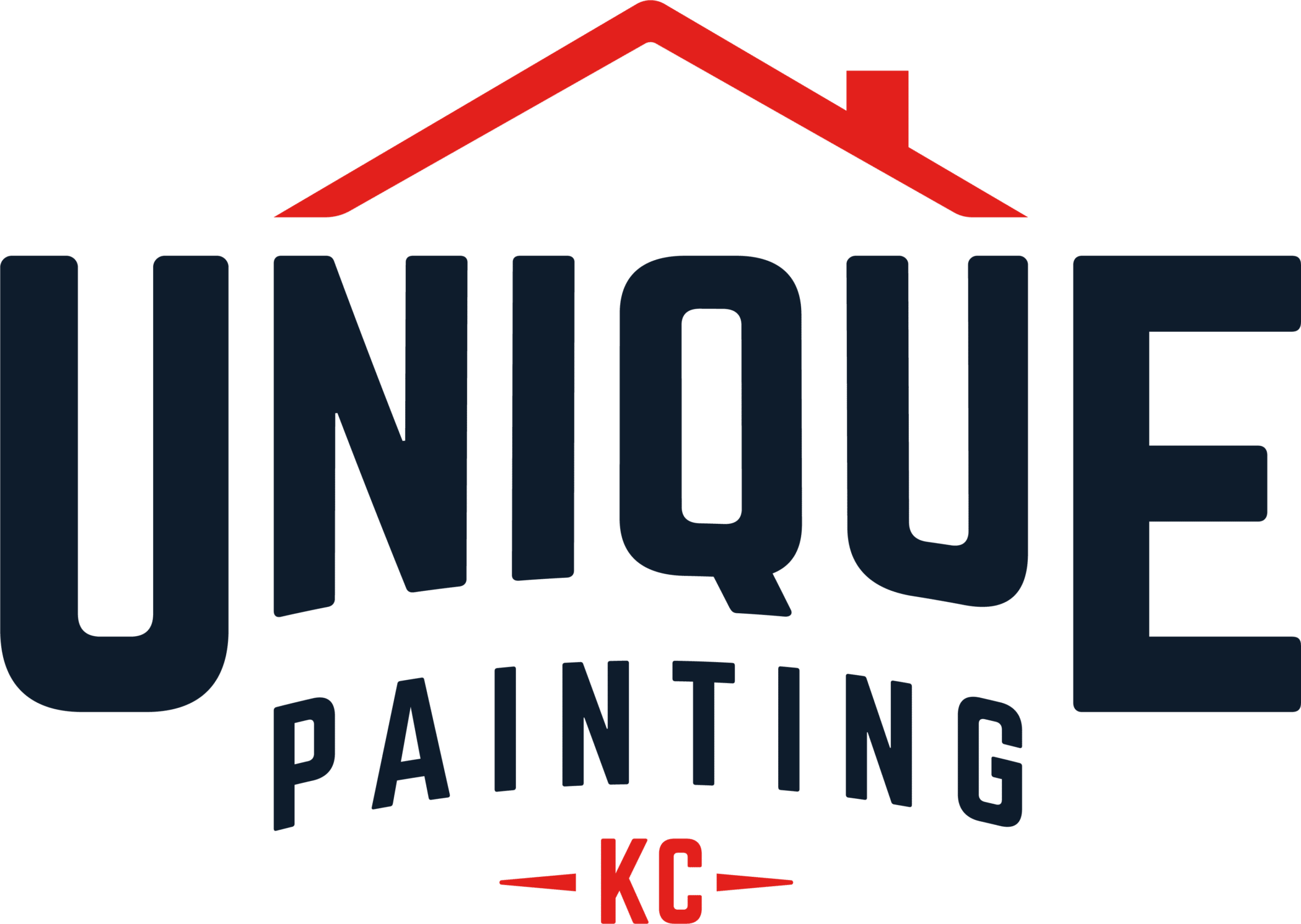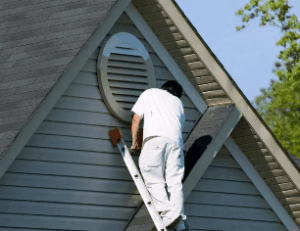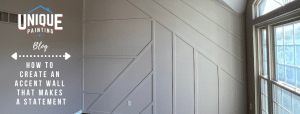Understanding Wood Rot
Wood rot is a common yet serious issue that affects wooden structures exposed to moisture. It’s a form of decay caused by fungi that feed on the cellulose in wood. There are two main types:
- Dry Rot: Caused by certain fungi that can grow even with minimal moisture. It spreads rapidly and causes significant structural damage.
- Wet Rot: Occurs when wood is exposed to high moisture levels over time. It’s more localized and easier to manage but still dangerous.
Both types weaken the integrity of your home’s structure, especially around windows, siding, decks, and foundations.
_________________________________________________________________________________________
Causes of Wood Rot
Understanding the causes helps you prevent the problem from worsening:
- Excessive Moisture: Rain, snow, or humidity that consistently contacts wood.
- Poor Ventilation: Especially in attics and crawl spaces, trapping moisture.
- Leaky Gutters and Siding: Letting water seep into wooden parts of your home.
Even small cracks or gaps in your home’s exterior can start the process, especially if the wood is unsealed or untreated.
Early Signs of Wood Rot
Catching it early can make all the difference. Look for:
- Discoloration or peeling paint
- Spongy or soft texture when pressed
- Cracks or crumbling surfaces
- Mold, mildew, or musty odors
- Warped or swollen wood
The moment you spot these symptoms, it’s time to take action.
Can You Really Stop Wood Rot Once It Begins?
Yes—and no. Once the fungi have started consuming wood, they can’t be “killed” without removing or treating the affected areas.
What You Can Do:
- Remove Infected Areas: Cut away rot-infested wood.
- Apply Wood Hardeners or Fungicides: To salvage slightly decayed spots.
- Replace with Treated Lumber: Prevent recurrence.
- Seal and Paint: To block future moisture exposure.
But it’s critical to act immediately to stop the rot from spreading.
DIY Solutions for Minor Wood Rot
For surface-level issues, DIY can be an option:
- Wood Hardeners: Reinforce slightly soft wood.
- Borate Sprays or Gels: Kill fungal spores.
- Epoxy Fillers: Fill gaps after rot is removed.
- Sealants and Caulks: Block moisture intrusion.
⚠️ Important: DIY methods are best for cosmetic or early-stage problems—not structural damage.
When to Call a Professional
If wood rot affects:
- Support beams
- Window or door frames
- Decking or siding
- Or if the damage covers a large area…
Call in the pros. Unattended rot can lead to:
- Pest infestations
- High repair bills
- Foundation risks
- Collapsing structures
The Wood Rot Repair Process
At Unique Painting, we use a proven, thorough process to stop wood rot and restore your home:
- Inspection – Identify the extent of damage.
- Removal – Cut out the rotted areas.
- Replacement – Install durable, treated wood.
- Sealing and Finishing – Paint, prime, and weatherproof.
We take a custom approach based on your home’s unique needs. See our full exterior services here.
How Unique Painting Helps With Wood Rot
We’re not just painters—we’re exterior home specialists. Our wood rot repair services are trusted across Kansas City for a reason:
- Years of hands-on expertise
- Fast response times
- Attention to detail in matching finishes
- Friendly, no-hassle estimates
We fix the issue at the root—no patchwork solutions.
Preventing Future Wood Rot
Once fixed, here’s how to stop it from coming back:
- Regular Maintenance: Check decks, siding, and trim for soft spots.
- Seal and Repaint Every Few Years: Keep wood protected.
- Fix Leaks Quickly: In roofs, gutters, and pipes.
- Improve Drainage: Water should flow away from your home.
Simple steps today save you thousands tomorrow.
Learn more prevention tips from Houselogic.
_________________________________________________________
FAQs About Wood Rot
Q1: Is wood rot dangerous?
A: Yes. It weakens wood, threatens your home’s structural safety, and attracts pests.
Q2: Can I just paint over rotted wood?
A: No. Painting over rot traps moisture and worsens the problem.
Q3: What’s the difference between mold and wood rot?
A: Mold is a surface fungus; wood rot penetrates and destroys the wood itself.
Q4: How much does wood rot repair cost?
A: It varies based on the extent of damage. Minor repairs may cost a few hundred; structural fixes could be more.
Q5: How long does repair take?
A: Most jobs can be completed in 1–3 days, depending on size.
Q6: Do I need a permit for wood rot repair?
A: Not typically for cosmetic work, but larger structural repairs might require local permits.
Get a Free Wood Rot Inspection Today
Don’t wait until the damage spreads—contact Unique Painting for a free, no-obligation estimate.
👉 Click here to schedule your wood rot repair
For more expert guides, visit our blog section or explore more home exterior services!
















